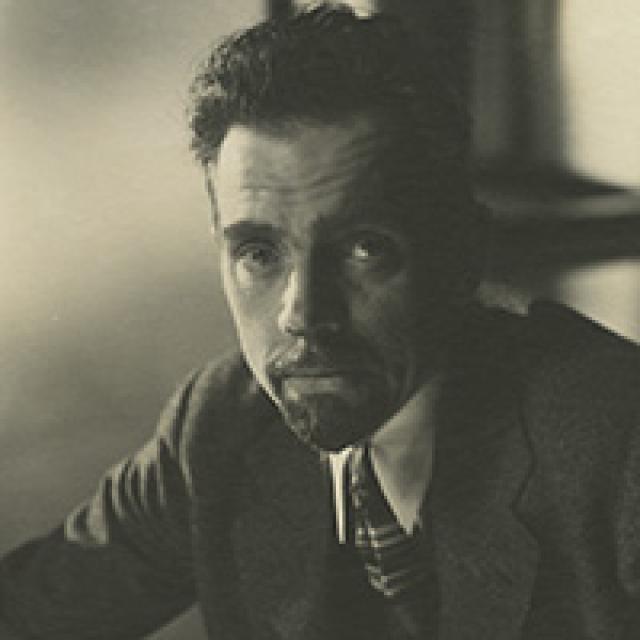
Raymond Jonson
Explore Selected Works
Artwork

Bibliography
1976
Garman, Ed. The Art of Raymond Jonson, Painter. Albuquerque, NM, 1976.
1990
Blankenship, Tiska. Raymond Jonson: Geometric Form in the Pursuit of a Unifying Principle. Exh. cat. Jonson Gallery, University of New Mexico, Albuquerque, NM, 1990.
1992
Levin, Gail, and Marianne Lorenz. Theme & Improvisation: Kandinsky & the American Avant-Garde, 1912-1950. Exh. cat. The Phillips Collection, Washington, DC, and three other venues, 1992-1993. Boston, 1992: 91-116.
1994
Blankenship, Tiska, and Arthur Feinsod. Poetry of the Theatre: Raymond Jonson and the Chicago Little Theater Years, 1912-1917. Exh. cat. Jonson Gallery, University of New Mexico, Albuquerque, NM; Widener Gallery, Austin Arts Center at Trinity College, Hartford, CT. Albuquerque, 1994.
2018
Hartel, Herbert R. Raymond Jonson and the Spiritual in Modernist and Abstract Painting. New York, 2018.


